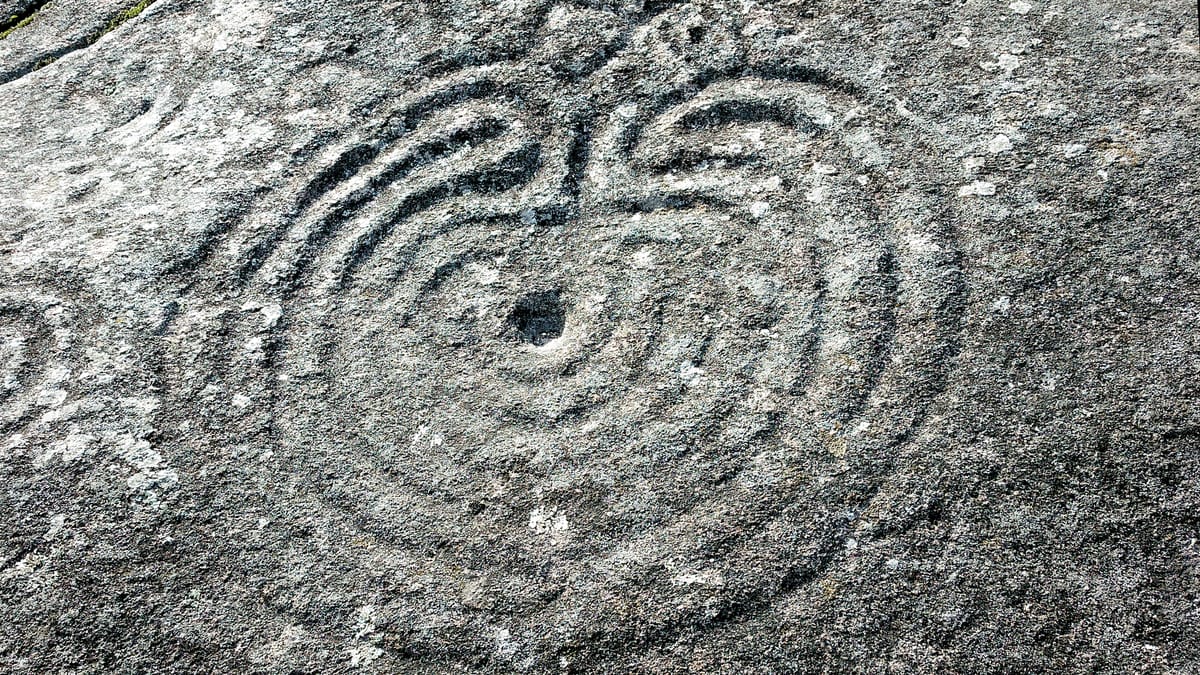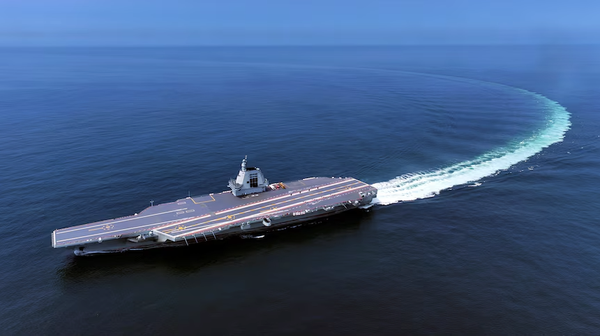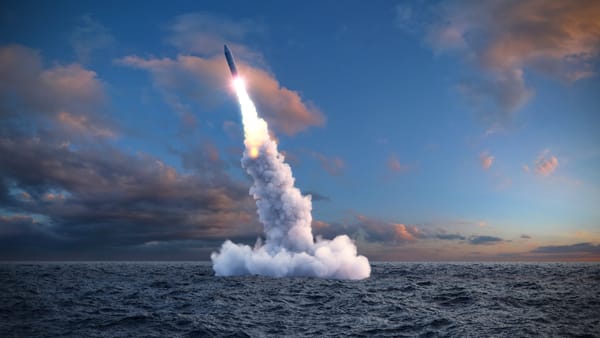Bronze Age National Capability Assessments
Bronze Age National Capability Assessments

Akkadian Empire / A. Strongest blend of military reach, administrative integration, trade networks, and economic scale.
Indus Valley / A. Exceptional infrastructure, economic productivity, and trade breadth; held back only by minimal military capacity and limited cultural export.
Old Kingdom Egypt / A− Highly stable governance, advanced technology, and monumental infrastructure; regional trade focus and defensive security posture reduce comparative reach.
Sumer / A− Groundbreaking innovations and vibrant economy, but weakened by political disunity and vulnerability to external conquest.
| Capability | Akkadian | Indus | Egypt | Sumer |
|---|---|---|---|---|
| Critical Technology | A | A− | A− | A |
| Strategic Infrastructure | A | A | A | A− |
| National Security | A− | C | B | B+ |
| Human Capital | A− | A− | A− | A− |
| Information & Influence | A− | B− | B | B+ |
| Governance & Integrity | B+ | A− | A | B |
| Financial Strength | A− | A | A | A− |
| Production & Innovation | A | A | A | A |
| Investment & Trade | A | A | B+ | B+ |
Akkadian Empire. Mesopotamia (modern Iraq, Syria, Turkey, Iran)
The Akkadian Empire emerged in the heart of Mesopotamia, often called the “cradle of civilisation.” Its core lay between the Tigris and Euphrates rivers in what is now central and southern Iraq, but at its height it stretched into parts of modern Syria, southeastern Turkey, and western Iran. This region is known today for its fertile floodplains, which enabled dense urban settlement, and for being a historical crossroads linking the Mediterranean, the Iranian plateau, and the Arabian Peninsula. In modern terms, this was a strategically vital zone controlling both land and river trade routes between east and west, much like a junction state with influence over multiple economic and cultural spheres.
Indus Valley. Indus River basin (modern Pakistan, northwest India, Afghanistan)
The Indus Valley Civilisation occupied the alluvial plains of the Indus River and its tributaries, stretching across much of present-day Pakistan, northwest India, and into parts of Afghanistan. This region was (and still is) one of the most agriculturally productive areas in South Asia, benefiting from seasonal river floods and extensive irrigation. It also sat astride major trade corridors linking Central Asia, the Iranian plateau, and the Indian subcontinent. In today’s terms, this would be akin to a hub economy with a strong manufacturing base, high urbanisation, and deep integration into regional and international trade networks, yet one that historically maintained a low geopolitical profile.
Old Kingdom Egypt. Nile Valley (modern Egypt and Sudan)
Old Kingdom Egypt was centred along the Nile River, from the fertile delta in the north to the cataracts in the south, extending into parts of modern Sudan. This narrow, fertile strip in the middle of a desert landscape provided a secure and easily managed agricultural heartland. The Nile served as a natural highway, facilitating the movement of goods and people, while the surrounding deserts offered protection from invasion. In a modern analogy, this was a highly centralised, secure state with control over a critical waterway, strong domestic cohesion, and monumental cultural achievements, but with a primary focus on its own stability and immediate regional connections rather than on projecting power globally.
Sumer. Southern Mesopotamia (modern southern Iraq and Kuwait)
Sumer occupied the southernmost part of Mesopotamia, largely in what is now southern Iraq and parts of Kuwait, at the point where the Tigris and Euphrates meet before flowing into the Persian Gulf. This flat, low-lying area required sophisticated irrigation to sustain agriculture, making water management a central feature of society. Sumer’s location gave it access to trade routes along the Gulf and overland into the heart of the Fertile Crescent. In today’s terms, Sumer would be similar to a cluster of innovative city-states in a resource-rich but politically fragmented zone—highly dynamic in culture and technology, but vulnerable to more unified external powers.




